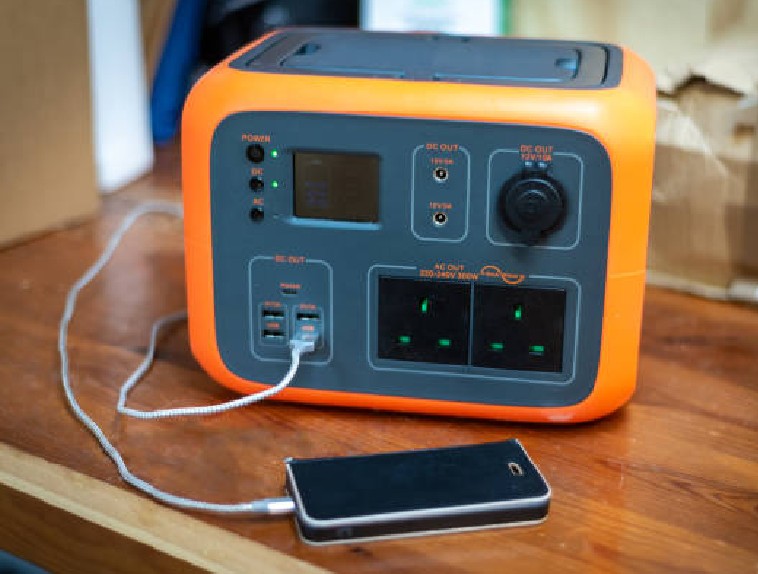Just days ahead of Super Bowl XLV, Dallas was hit with a severe winter storm—a “blizzard” they called it—when for 103 hours the area experienced below freezing temperatures, from ½” to ¾” (12.7 to 19 mm) of ice, topped by up to 7” (175 mm) of snow, and rolling blackouts as the electrical grid threatened to crash. Schools and businesses closed to keep our citizens safe. Neighboring towns sent their emergency equipment to assist with clearing the major highways. The rest of us struggled with failing furnaces, depleting stores in the pantry, and wrapping water pipes—strange tasks for people who live year-around in temperatures between 55 and 104 degrees, and see 36 degrees occasionally in January.
What seems like a midwinter blip to many became serious to Dallas residents, primarily because we had not planned for winter safety. We were not prepared.
This issue is about being prepared and planning for the worst, even when you’re sure it will never happen. Jesse Abercrombie eases us into these discussions by showing us how to be personally prepared for early retirement orunwantedretirement, in the form of layoffs.
Les Stoch challenges us to make sure that motor control circuits are grounded—absolutely essential—and that they not be used as motor disconnecting means. You’ll find these rules in CE Code 28-500 and 28-506.
Ed Larsen is concerned about the call for total selective coordination of various systems as shown in several requirements of theNEC.In a review of comment 10-41 and 240.87, Noninstantaneous Trip, Ed points out that the “new requirement pertains to the absence of an instantaneous tripfunction, not the absence of an instantaneous tripsetting” [italics mine]. In a thoughtful and methodical way, he shows how we can effectively reduce arc flash hazard.
Ark Tsisserev asks if we are consistent in our approach to design and installation of wet locations and isolated systems in health care facilities. First, he explores the subject of wet locations in patient care areas and the use of Class A GFCIs and of isolated systems. He then states that isolated systems are not specifically mandated by the CE Code to supply all loads in patient care areas. There is definitely a challenge here.
Thomas Domitrovich outlines the importance of making a Safety Program and keeping it updated through all sorts of challenges: changing markets, new products, financial needs, workforce changes and keeping the plan alive and vigorous.
Steve Douglas looks at our homes that—perhaps state of the art when we built them—are now aging. As we have added more and more timesaving appliances and electronic devices, we have unwittingly created unsafe conditions. Steve explores the new CSA Standard C22.6 No. 1-11,Electrical Inspection Code for Existing Residential Occupancies, which enables an inspector to assist the homeowner in returning the home to an electrically safe haven.
Guest writers Steve Terry, Mitch Hefter, and Ken Vannice tackle the proper control of emergency lighting circuits, particularly the proper application of the many codes and standards that apply. Carefully drawn illustrations contrast normal operations with emergency operations. This is a must-read article.
Randy Hunter points us first to the eight important conditions considered for safety: mechanical strength, electrical insulation, heating effects and arcing effects; see 110.3(A) for the other four. Afterwards he explores voltages and conductors, fault current, series ratings, installation rules and temperature ratings, while he sets the stage for a new inspector to learn precisely and logically what is needed to approve an installation.
Steve Vidal returns with another clear explanation of the basics of electric circuit theory. He introduces five electrical properties—resistance, capacitance, inductance, reactance and impedance— that are necessary in comparing AC and DC circuit theory.
“Hazards and risks are not the same thing,” says Andrew Cochran. “A hazard is something with the potential to cause harm and damages whether that be to equipment, processes or personnel. Risk is the likelihood that the event will occur and result in damages.” For times when electrical risk must be managed, he gives us a statistical overview and a detailed plan for ensuring safety through simple response charts. Andrew’s timely suggestions should become part of our arsenal for electrical safety.
Being unprepared for unexpected winter storms can be costly to comfort, to property and ultimately to life. So, too, can being unprepared or careless about the safe installation and use of electrical systems and equipment. That’s why it is imperative to have safety standards in place and also to have qualified people install and inspect.
We hope this issue encourages you to create a safety program and to diligently follow it.
Be warm, be safe—always.










Find Us on Socials